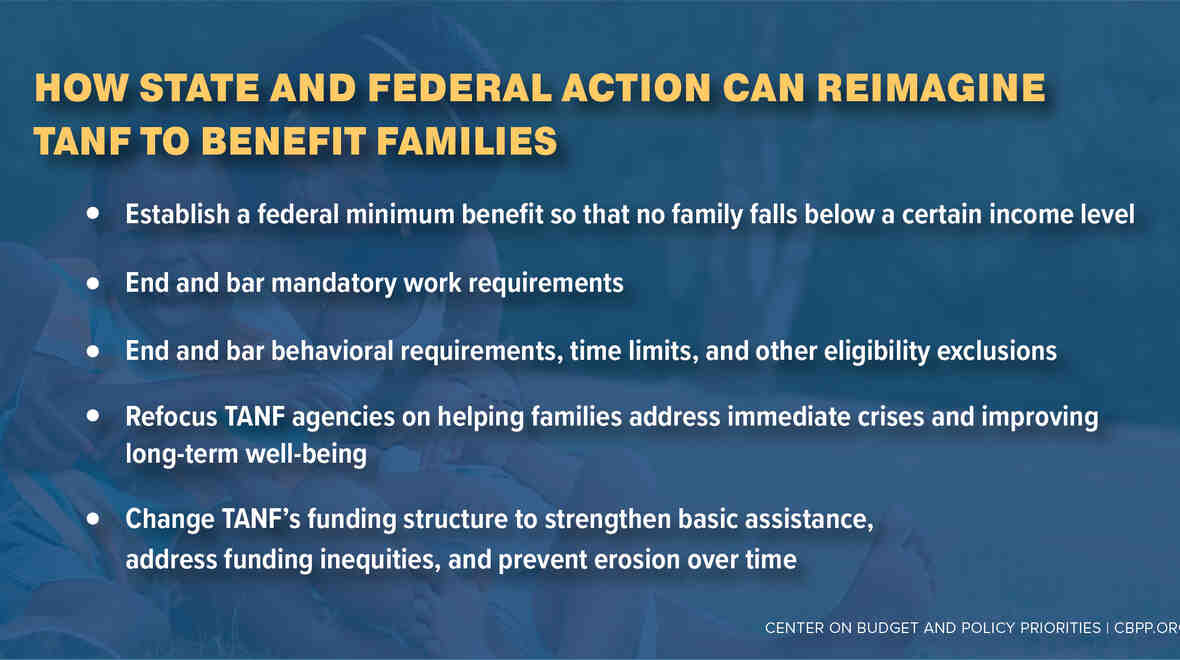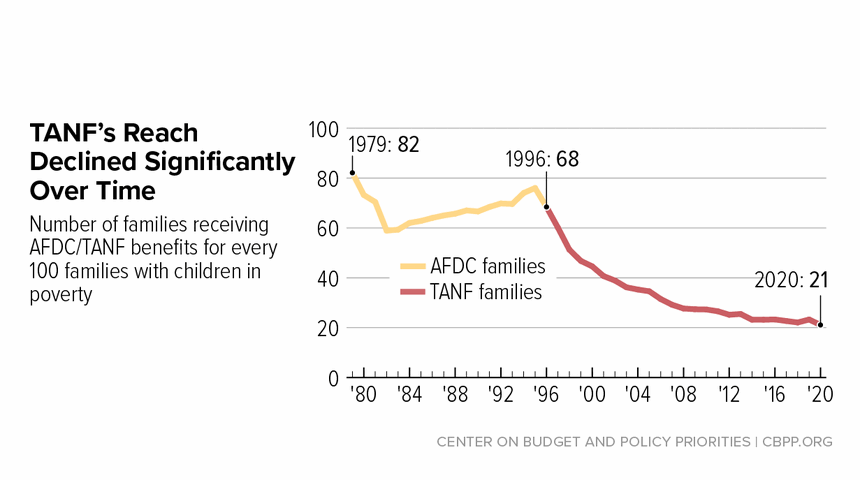Report
Cash Assistance Should Promote Equity
TANF falls far short of what it should be. It reaches few families in need and provides inadequate cash aid and other assistance to help families resolve crises and improve their well-being.


